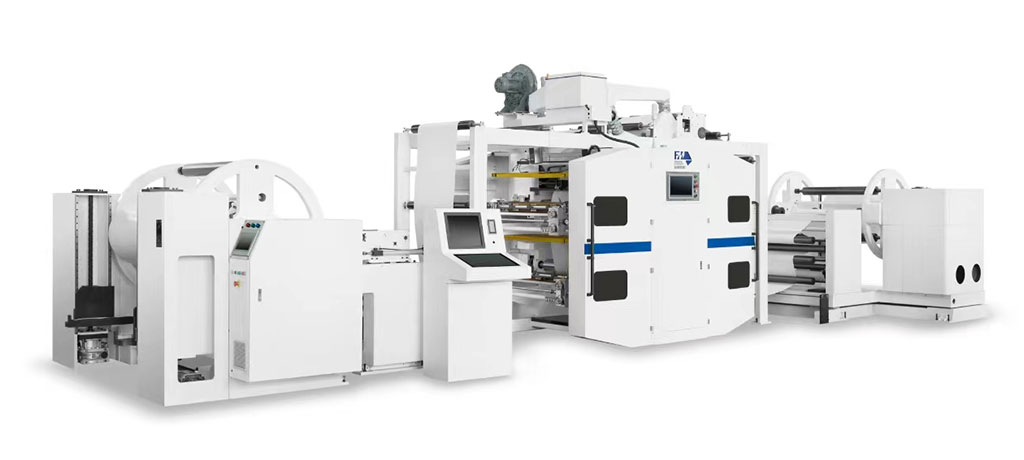Next: What Common Daily Packaging Products Are Made Using a Flexographic Printing Machine?
Flexographic printing machine has become a staple in the packaging industry, but many people mix it up with offset, gravure and other printing equipment. This article will break down their key distinctions to help you grasp this equipment better.
Flexographic printing machine has broad material compatibility. It works with flexible substrates such as plastic films, paper bags and aluminum foils, plus rigid materials including corrugated cardboard. This versatility stems from its light printing pressure, which avoids damaging delicate materials.
Offset printing machines are primarily designed for smooth paper surfaces and struggles with non-absorbent materials like plastics. Gravure printing machines handle films well but have strict demands on material thickness, and fail to adapt to uneven substrates like corrugated paper.

The flexographic printing machine employs elastic rubber printing plates. Ink is first transferred to the plate, then onto the substrate. Plate production is straightforward and budget-friendly, making it ideal for small to medium print runs. Its ink uses a low-viscosity formula that dries fast, cutting down production time.
Offset printing operates on the oil-water separation principle, needing intricate plate production and costlier ink. Gravure printing uses engraved metal plates that are expensive to produce and time-consuming to prepare, suiting only large-scale continuous production.
Most inks for flexographic printing machine are water-based or alcohol-based, with fewer volatile organic compounds that comply with environmental regulations. This makes it a top pick for food and medical packaging, where eco-standards are strict.
Gravure printing typically uses solvent-based inks that are not eco-friendly and need extra processing. Offset printing inks have more additives, and wastewater treatment adds extra costs. For efficiency, the flexographic printing machine achieves high-speed printing and easily integrates with downstream processes like die-cutting and folding.
The Flexographic printing machine excels in material adaptability, cost management and environmental friendliness. It differs from offset and gravure equipment in both working principles and use cases. Understanding these gaps can assist you in picking the right printing setup.
If you want to learn more about how a flexographic printing machine aligns with your production requirements, visit our product page to access detailed equipment specs and real-world application examples.
GET A QUOTE